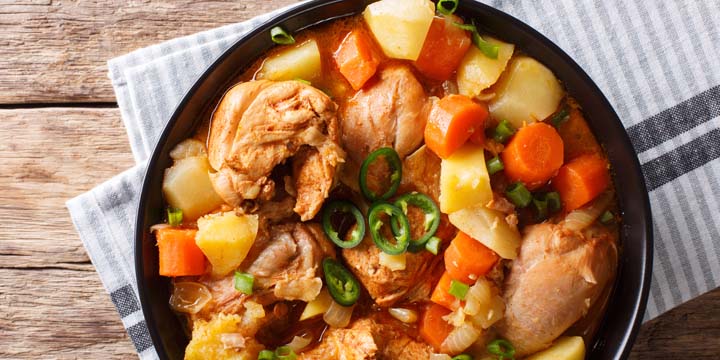Comfort foods are those dishes that provide a sense of nostalgia, warmth, and satisfaction. For people with diabetes, enjoying these meals doesn’t have to mean compromising on health goals. The key lies in making thoughtful choices and adapting recipes to suit individual needs. With a bit of creativity and planning, it’s possible to indulge in comforting favourites while keeping blood sugar levels stable.
Tips for Choosing and Preparing Diabetes-Friendly Comfort Foods:
- Focus on Whole Grains and Fiber: Opt for whole-grain versions of pasta, bread, and rice when recreating comfort food classics. These options have a lower glycemic index and provide more fibre, which helps stabilize blood sugar levels and keeps you feeling full longer. For example, substitute white rice in casseroles or soups with quinoa or brown rice.
- Use Healthy Fats: Comfort foods often contain rich, creamy textures that come from high-fat ingredients like butter or cream. Swap these for healthier fats like avocado, olive oil, or unsweetened Greek yogurt. These alternatives maintain flavour and creaminess while promoting heart health.
- Incorporate More Vegetables: Vegetables not only add volume, colour, and flavour to meals but also deliver essential nutrients and fibre. Cauliflower, zucchini, and spinach can be great additions to recipes like shepherd’s pie, lasagna, or even mashed potatoes.
- Choose Lean Proteins: Comfort foods like stews, casseroles, and pasta dishes often include protein. Opt for lean cuts of meat, poultry, or plant-based proteins like beans, tofu, and lentils. These provide the necessary protein without excessive saturated fat.
- Watch Portion Sizes and Carbohydrates: Even when modifying recipes, it’s essential to monitor portion sizes. Balancing carbohydrate-rich ingredients like potatoes, pasta, and bread with non-starchy vegetables and proteins ensures a more stable blood sugar response.
By making these adjustments, you can still enjoy traditional comfort foods without spiking blood sugar levels. For instance, a classic mac and cheese can be lightened up with whole-grain pasta, a reduced-fat cheese sauce, and incorporating vegetables. Similarly, hearty soups or stews can be thickened with pureed vegetables instead of flour or cream.
With these principles in mind, you can start experimenting with your favourite recipes or try new diabetes-friendly versions of classic dishes. Ready to cook? Below are some specific examples of comforting, diabetes-friendly recipes to inspire your next meal.









